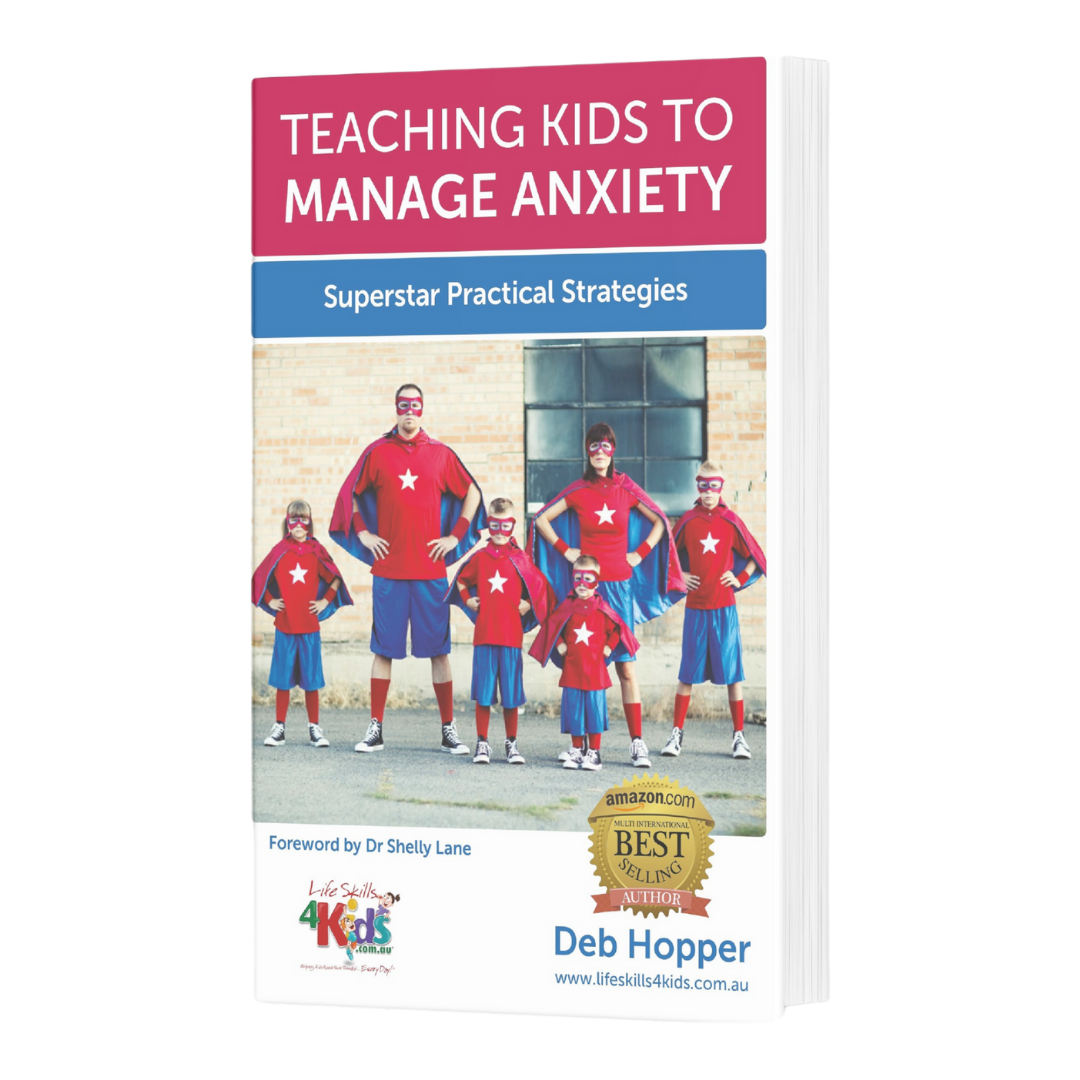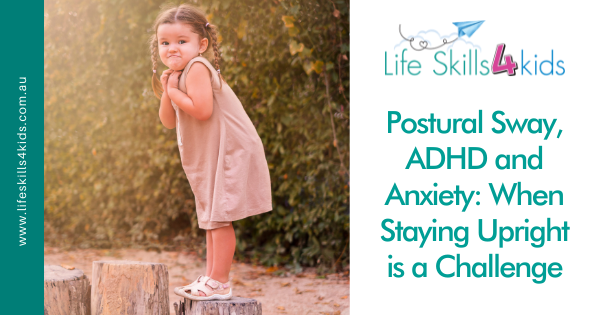Postural sway is a natural function of the body’s balance mechanism. It’s one of the key reasons we can stand upright and is crucial for balance and movement.
But what happens when it doesn’t work the way it should? And why are some groups of people more prone to problems with it?
Postural sway: What is it?
The term “postural sway” refers to the tiny movements we make that help to keep us in a stable, upright position. It helps us to maintain our centre of gravity and keep our balance, and we naturally adapt to different stimuli without even noticing.
People with poor balance and coordination experience greater postural sway; the tiny movements that keep us upright are more noticeable for these people.
One way we can experience postural sway is to close our eyes while standing and notice the small movements our bodies make to keep us standing upright. These small movements are constantly adjusting our position to ensure we don’t fall over.
How your centre of gravity works
The body’s centre of gravity is the point where its mass is the most concentrated ie the torso rather than the limbs. It is a hypothetical point that changes as you move around because different movements distribute your weight to different areas. When you’re standing upright with your arms by your sides, your centre of gravity is located in the area where your pelvis and spine meet.
As we move around, our bodies automatically adjust to align us with our centre of gravity. This prevents us from falling or overbalancing and helps us with coordination.
Postural sway and the nervous system: When things are out of balance
The nervous system is a crucial piece of the puzzle when postural sway doesn’t work the way it should. Our bodies usually respond automatically to sensory input, and it’s important to remember that in this context, sensory input is not just from the five senses. It also involves the brain and the entire nervous system.
The brain receives important information from three main sensory systems, known collectively as the somatosensory systems. They are:
- The intoreceptive awareness system
- This system provides internal communication between your brain and your body about how your body feels.
- The vestibular system
- This system is located in your inner ear and helps with balance and coordination
- The proprioception system
Your awareness of the space around your body and its location and movement depends on this system for information
When these senses work together, it’s known as sensory integration. Problems arise when these systems don’t communicate with each other way they should and we struggle with recognizing, interpreting or regulating our responses to the input that comes from the somatosensory system.
Why are kids with ADHD more at risk?
Around 5% of children have ADHD and of these, about 50% have problems with motor function, muscle control, or coordination. Because ADHD affects the sensory system, children with this diagnosis struggle to adapt to sensory input, and greater postural sway is one of the issues many kids face.
Children with ADHD are often seen as “fidgety” or unable to keep still because their bodies crave movement to help them adapt to or learn about the world around them. These children often benefit from physical activity programs that focus on balance training and motor control.
What does anxiety do to postural sway?
Mental health and our physical experience of our external environment are closely linked. A child with anxiety is experiencing a physiological response due to distress over the unknown. When we feel that we cannot trust our bodies or feel unsafe, we respond with a disorganised approach both internally and externally. Greater postural sway is the result of a physiological response to anxiety.
Children with anxiety feel safer when they have more input, such as visual input, to maintain their connection with the world around them. This helps them to maintain their balance, along with expanding their support base and postural sway.
Being uncertain about how their bodies will move or respond leads many children to disengage with physical or social activities. This is due to the fear of an accident or injury, or judgment by their peers. They can also experience heightened anxiety in these situations.
Identifying excessive postural sway
Gross motor skills begin developing early in life, and it’s important to also develop somatosensory awareness at a young age to combat excessive postural sway later in life. Some of the signs of poor postural control or stability include:
- Difficulty maintaining balance
- Struggles with motor activities that require strength (swimming, walking, riding a bike etc)
- Propping up the head with the hand while writing
- Fidgeting and struggling to pay attention
- Slumping or slouching while sitting or standing upright
- Leaning on objects or people
- Difficulty with fine motor skills such as drawing or using scissors
- Inability to undertake self-care activities such as dressing or doing up buttons
When to see a health professional
If your child struggles with any of the things listed above, it might be time to seek professional help. Various health professionals can help, but it’s important to find one who takes an integrative approach and understands the connection between motor or balance issues and the brain. Some health professionals who might be able to help include:
- An occupational therapist
- A paediatrician
- Primary care provider
- Other fitness specialists
In many cases, addressing postural sway takes a multidisciplinary approach with more than one health care professional involved.
It’s all about balance
Balance is a crucial aspect of our lives and one that most of us take for granted.
If your child has anxiety or ADHD or you’ve noticed that they struggle with balance or motor activities, it’s best to talk to a health care professional who can recommend exercises or therapies that will help.
If you need professional advice or you have any questions, please email us at debbie@lifeskills4kids.com.au
Teaching Kids to Manage Anxiety
Kids today are growing up in a fast-paced world where information and opportunity overload can be overwhelming.
Based on many years of clinical experience as an Occupational Therapist, Deb Hopper has been using her Just Right Kids® Model to teach children to communicate and manage their stress and anxiety by:
- Identifying their “body speed”,
- Understanding their stress triggers, and
- Implementing simple strategies to reduce anxiety and stress.
“This is quite simply the best, most comprehensive and practical bookI have ever read to help teach children – and many grownups – how to manage anxiety. It is written in an easy to read way with lots of fabulous graphics. This brilliant book needs to be in every home, every school and every library.” — Parenting author and educator Maggie Dent
Explore
- How the body reacts to anxiety and impacts on our ability to think and get an action plan together
- How to teach your children to identify when their body and mind is anxious, and how to tell you
- Sensory overload and how this can push children into being anxious
- Strategies to reduce screen time that you can start today (because this will help reduce anxiety in your house and make life more peaceful


